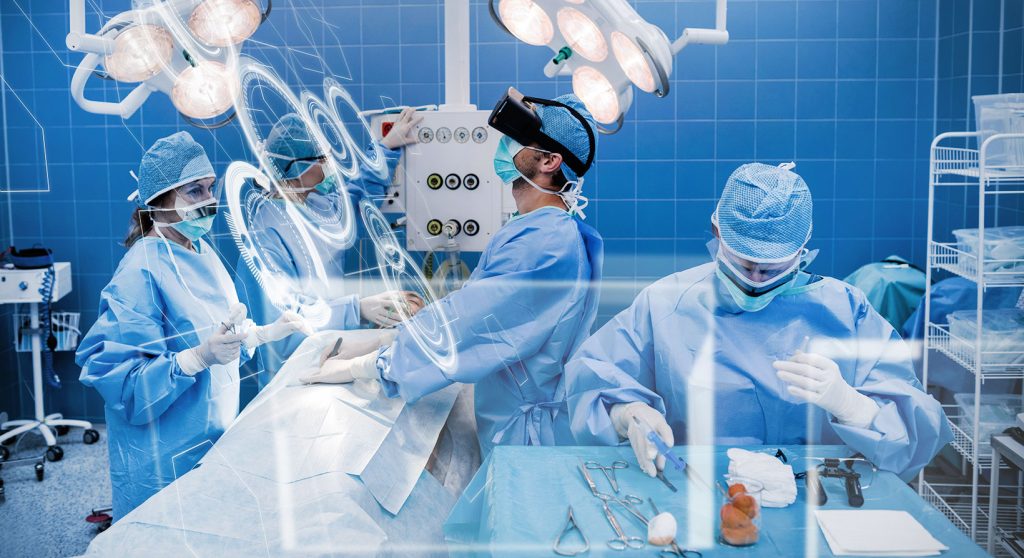Introduction:
Virtual reality (VR) technology is revolutionizing many industries, and cosmetic surgery is no exception. This innovative tool is enhancing the patient experience by providing advanced simulations that allow individuals to visualize the potential outcomes of their procedures before undergoing surgery. By integrating VR into the consultation and planning phases, cosmetic surgeons can set realistic expectations, improve satisfaction rates, and refine surgical outcomes. This technology not only aids in decision-making but also provides a unique educational tool that deepens patient understanding of procedures.
VR Technology in Pre-Surgical Planning:
The use of VR in cosmetic surgery involves creating 3D simulations of a patient’s body or face that can be manipulated to show potential post-surgery results. This application is particularly valuable in surgeries such as rhinoplasty, breast augmentation, or facial reconstructions where visual appearance is paramount. Patients wearing VR headsets can see a realistic representation of how different surgical options could alter their appearance, empowering them to make more informed decisions about their treatment plans. This visual interaction helps bridge the gap between patient expectations and surgical realities, potentially reducing anxiety and improving patient confidence.
Enhancing Patient Consultations:
Integrating VR into patient consultations transforms the interaction from a purely informational exchange to an immersive experience. Patients can virtually “try on” different looks, which provides a dynamic way to discuss their goals and concerns with the surgeon. This level of engagement can significantly enhance the consultation process, making it more interactive and patient-centered. It allows for a deeper exploration of different surgical options, facilitating a collaborative decision-making process that is informed by realistic simulations.
Training and Education Benefits:
Beyond plastic surgery consultations, VR technology is also transforming the training and education of cosmetic surgeons. Through VR simulations, trainees can practice procedures in a risk-free environment, allowing them to hone their skills and learn from virtual mistakes without real-world consequences. This type of training is invaluable, as it enhances the learning curve and helps develop a higher level of precision and expertise in upcoming surgeons.
Improving Surgical Accuracy and Outcomes:
VR technology also plays a crucial role during the actual surgical procedure. Some systems are designed to assist surgeons in the operating room by providing real-time, 3D images of the surgical area. This guidance can improve the accuracy of the surgery, leading to better alignment with the pre-surgical plans and ultimately, more satisfactory outcomes. Furthermore, VR can be used for surgical rehearsals, where surgeons practice on a virtual model of the patient’s surgical site before the actual procedure, enhancing the surgeon’s readiness and precision.
Conclusion:
The incorporation of virtual reality into cosmetic surgery represents a significant technological advancement that benefits patients and surgeons alike. By enabling detailed pre-surgical visualization, VR helps set realistic expectations, enhances patient confidence, and improves overall satisfaction with the outcomes. For surgeons, it offers a powerful tool for training, planning, and executing procedures with greater precision. As VR technology continues to evolve, its integration into cosmetic surgery promises to further enhance the quality and safety of aesthetic procedures, making the future of cosmetic enhancements more innovative and patient-focused. This progression not only improves surgical practices but also fundamentally transforms how patients interact with, understand, and ultimately undergo cosmetic surgery.

